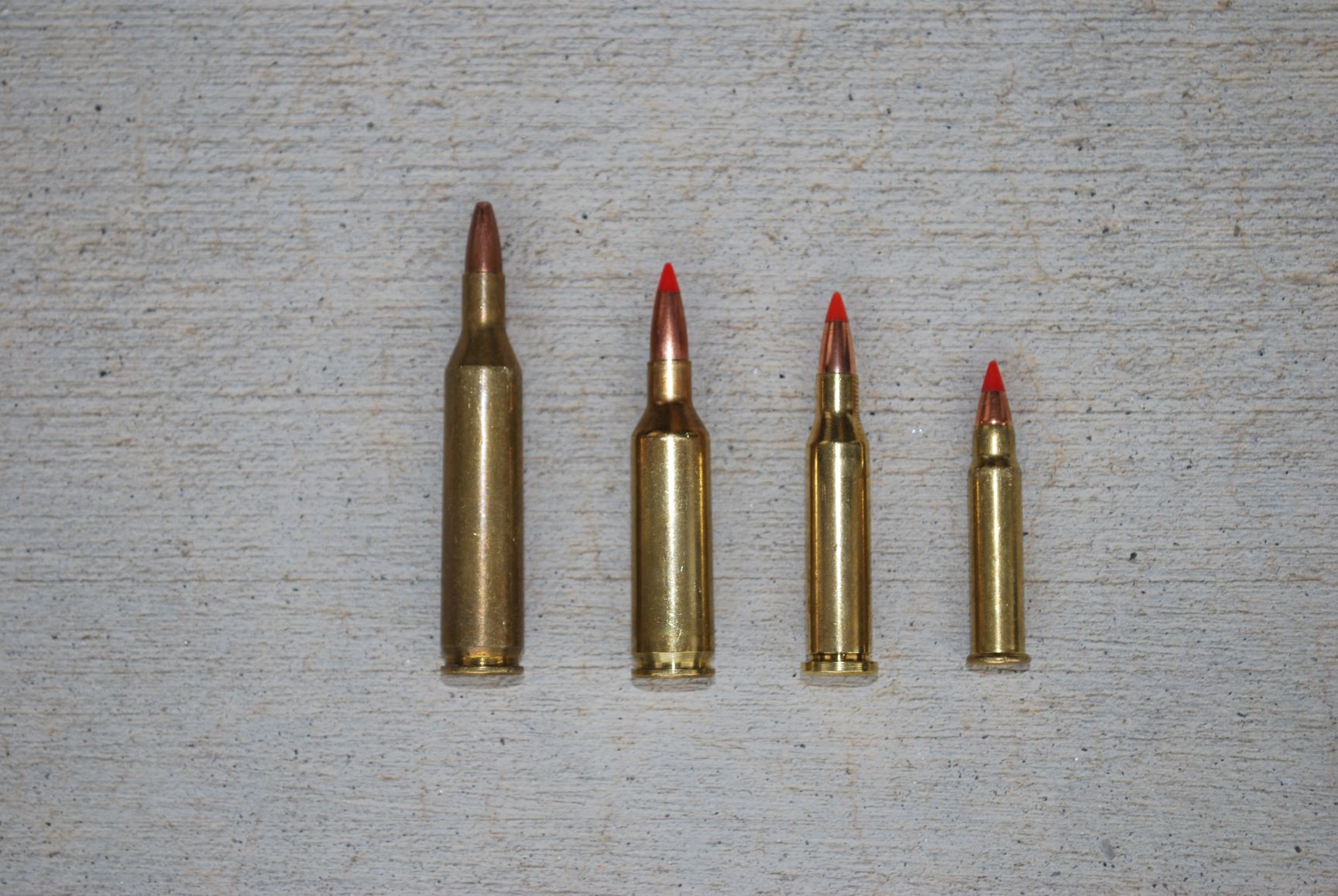It was a perfect setup for prairie dogs; we had a big shade tree to our left, three of us in line on portable benches, with a big colony stretching away before us. Stephen Shen was on the left, Gordon Marsh in the middle, me on the right. Interestingly, all three of us were shooting the 204 Ruger cartridge: Stephen a Savage 116, while both Gordon and I were shooting Ruger No. Ones, his in blue/walnut and mine stainless/laminate.

It wasn’t universal; Bill Green was off the right, popping away and having a ball with a semi-auto 17 HMR . This was Gordon and Bill’s annual prairie dog shoot out of Cheyenne, hunting with Craig Oceanak and Nick of Timberline Outfitters. It was my second shoot with them; for Stephen, CEO of Vector Optics, his first ever. We had other rifles, 223’s and 22-250’s. However, except for Bill, who clung to his 17 HMR and walked in some amazing shots, the 204’s did the majority of the work. There are many excellent varmint cartridges, so it struck me as unusual that three among our foursome were shooting 204’s…but I think we made good choices.
Continue reading 204 RUGER: THE BEST VARMINT CARTRIDGE? By Craig Boddington




